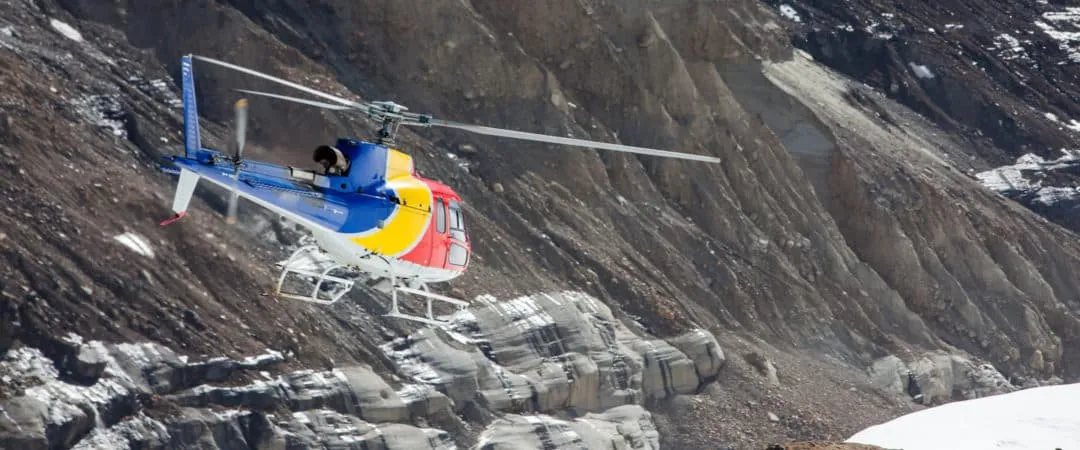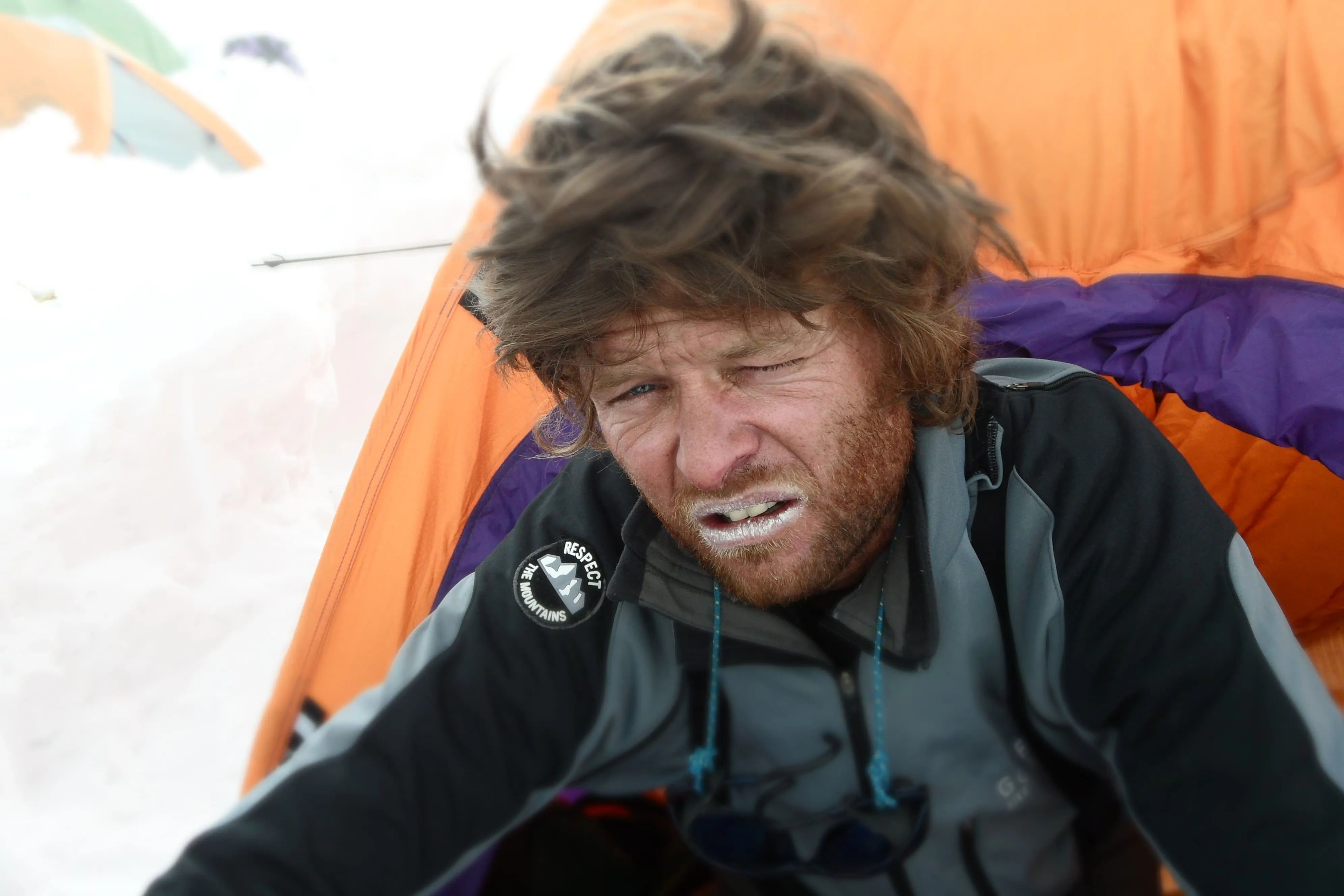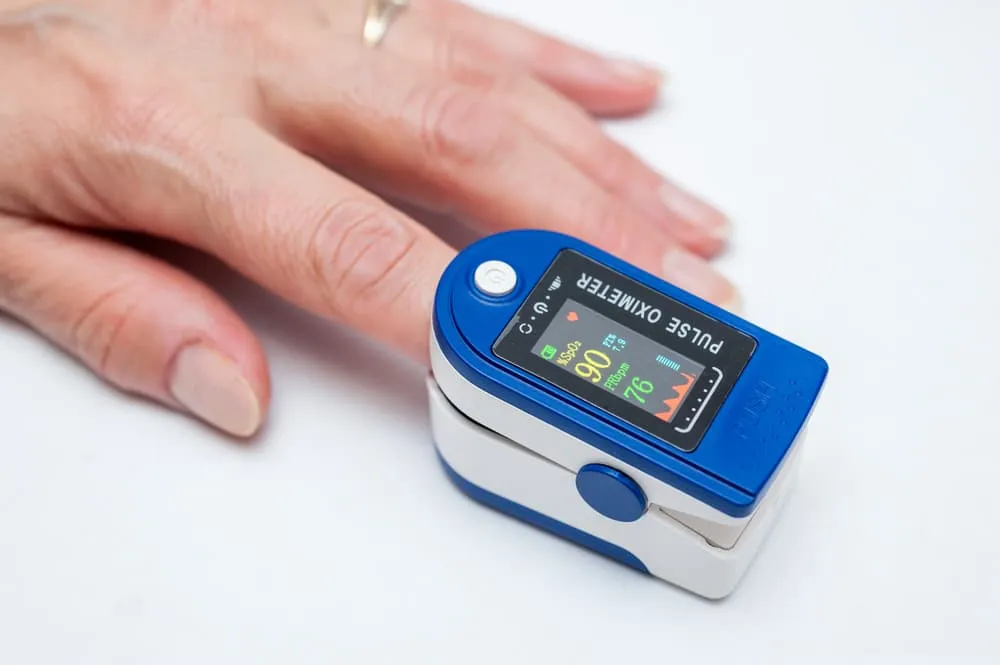1. Gradual Ascent
One of the most effective ways to prevent AMS is to ascend gradually. When traveling to high altitudes, try to take several days to acclimatize before going higher. This allows your body to adapt to the reduced oxygen levels. All our treks in places like Nepal, Pakistan and Africa keep sufficient acclimatization into account.
2. Stay Hydrated
Dehydration can increase the risk of AMS, so drink plenty of fluids. Avoid excessive alcohol and caffeine consumption, as they can contribute to dehydration.
3. Diet
Consume a balanced diet with adequate carbohydrates and avoid heavy, fatty meals. Carbohydrates help your body utilize oxygen more efficiently at high altitudes.
4. Medication
Some individuals may consider taking medication, such as acetazolamide (Diamox), to help prevent AMS. Consult with a healthcare professional before using any medication, and be aware of potential side effects.
5. Rest
Ensure you get enough sleep and rest during your ascent. Fatigue can increase the risk of AMS.
6. Use a Buddy System
Look after each other. When you're climbing in a group, it's a good idea to buddy up with one of the team members. This way somebody can check you on your state of health and vice versa.
7. Descend if Symptoms Persist
If you experience symptoms of AMS, such as headache, nausea, dizziness, or difficulty breathing, it's crucial to descend to a lower altitude. Symptoms should not be ignored or dismissed.
8. Learn the Signs
Educate yourself and your travel companions about the signs and symptoms of AMS, and be vigilant in monitoring each other's condition.
9. Plan for Acclimatization Days
When trekking or mountaineering at high altitudes, plan for rest days to allow your body to acclimatize. This may involve ascending to higher altitudes during the day and descending to sleep at lower altitudes.
10. Maintain Altitude Awareness
Pay attention to the elevation you're at and the rate of ascent. Rapid ascents significantly increase the risk of AMS.









Comments